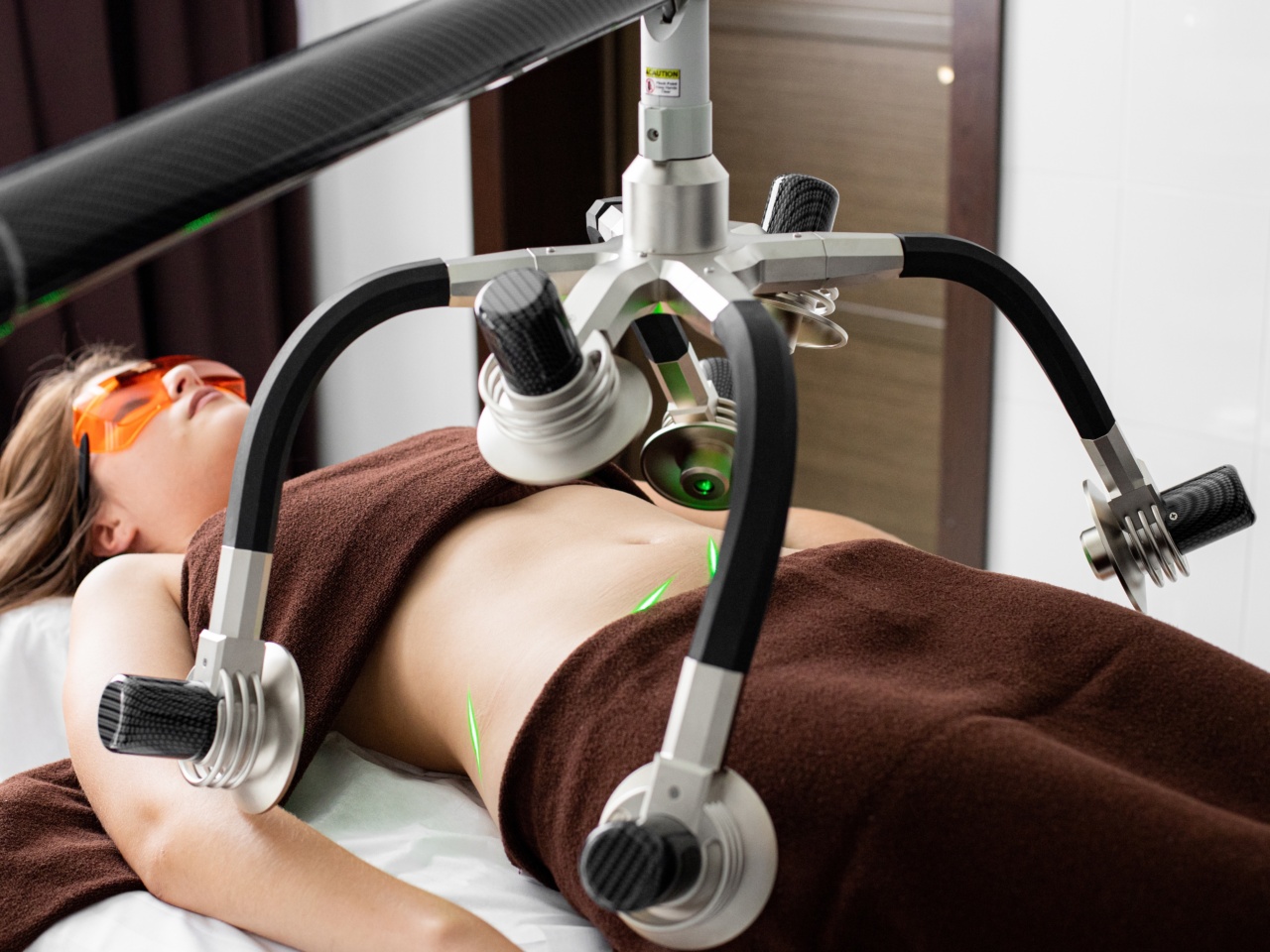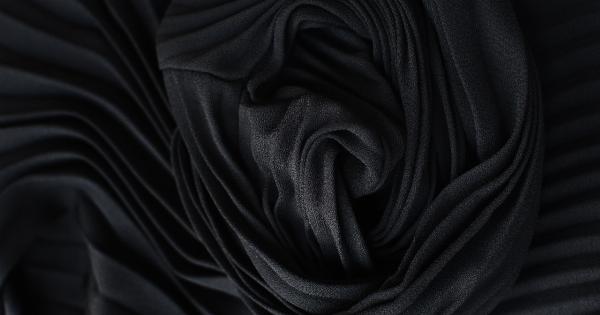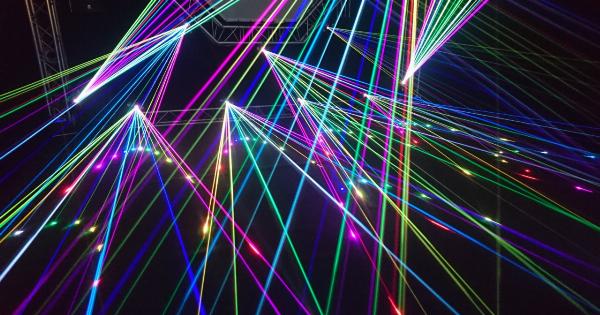Varicose veins and venous insufficiency are common conditions affecting millions of individuals worldwide. Varicose veins are swollen, twisted, and enlarged veins that typically occur on the legs and feet.
Venous insufficiency is a condition where the veins in the legs are unable to return blood efficiently back to the heart. While both conditions are usually not life-threatening, they can cause a lot of discomfort and pain to those suffering from them. Laser therapy has emerged as an effective and safe treatment option for both these conditions.
What is Laser Therapy?
Laser therapy involves the use of heat energy from lasers to destroy or damage targeted tissues. In the case of varicose veins and venous insufficiency, laser therapy is used to close the affected veins.
The laser energy is delivered through a catheter or fiber inserted into the vein under ultrasound guidance. Once the laser hits the vein, it causes the vein to collapse and seal shut.
There are two types of laser therapy commonly used for treating varicose veins and venous insufficiency. These are:.
Endovenous Laser Treatment (EVLT)
Endovenous laser treatment is a minimally invasive procedure used for treating varicose veins and venous insufficiency. It is performed under local anesthesia and takes about 30-60 minutes to complete.
The procedure involves the insertion of a catheter into the affected vein under ultrasound guidance. A laser fiber is then passed through the catheter, and laser energy is delivered to the vein’s wall, causing it to collapse and seal shut. The closed vein is then removed from the body over the following weeks as the body absorbs it.
Transdermal Laser Treatment (TLT)
Transdermal laser treatment is another type of laser therapy used to treat varicose veins and venous insufficiency. It is a non-invasive procedure that uses low-level laser energy to stimulate the veins’ natural healing process.
The laser energy is delivered through the skin, causing the veins to shrink and tighten. It also helps to improve blood flow, reduce inflammation, and alleviate pain and discomfort associated with varicose veins and venous insufficiency.
Who is a Candidate for Laser Therapy?
Individuals with varicose veins, venous insufficiency, or other chronic venous disorders are potential candidates for laser therapy. However, not everyone is eligible for the procedure.
A thorough evaluation by a vascular specialist is necessary to determine if laser therapy is the right treatment option. Other factors that may affect a person’s eligibility for laser therapy include pregnancy, history of smoking, and certain medical conditions like diabetes.
Benefits of Laser Therapy for Varicose Veins and Venous Insufficiency
Laser therapy has become a popular treatment option for varicose veins and venous insufficiency due to its numerous benefits, including:.
- Minimally invasive procedure
- Shorter recovery time compared to traditional vein surgery
- Lower risk of complications and side effects
- Less pain and discomfort
- Improved cosmetic outcome, with minimal scarring
What to Expect During Laser Therapy?
Both endovenous laser treatment and transdermal laser treatment are performed on an outpatient basis and require little preparation. The procedure normally takes about 30-60 minutes, depending on the number of veins being treated.
The patient may be given a mild sedative to help them relax. The treatment area is cleaned, and a local anesthetic is injected to numb the area before the procedure.
Aftercare and Recovery
Following laser therapy for varicose veins and venous insufficiency, patients can resume normal activities within a day or two, depending on the extent of the treatment.
Compression stockings are usually worn for a few weeks to promote healing and blood flow. Additionally, patients should avoid prolonged standing or heavy lifting for the first few days after the procedure.
Possible Side Effects and Risks of Laser Therapy
Like any medical procedure, laser therapy for varicose veins and venous insufficiency comes with some risks. Some of the possible side effects and risks include:.
- Swelling, bruising or pain around the treated area
- Infection
- Bleeding
- Nerve damage
- Blood clots
- Burns or skin damage
Most of these side effects are minor and resolve within a few days after the procedure. However, patients should report any signs of persistent pain, fever, or other complications to their healthcare provider immediately.
Conclusion
Laser therapy is a minimally invasive and effective treatment option for individuals suffering from varicose veins and venous insufficiency.
It is associated with minimal complications and side effects and offers a faster recovery time compared to traditional vein surgery. Patients can resume normal activities within a few days following the procedure.
If you are experiencing varicose veins or venous insufficiency symptoms, consult with a vascular specialist to determine if laser therapy is the right treatment option for you.






























